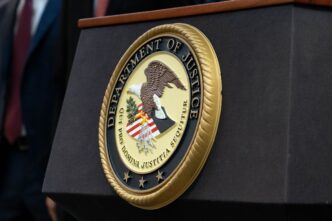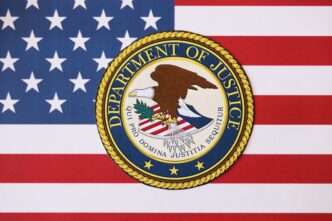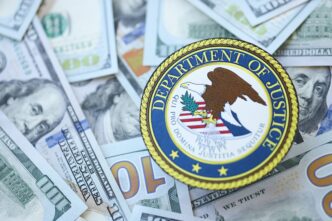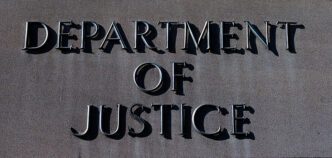An officer took action on March 20, pursuing Julian Garcia in response to an ongoing situation. The event unfolded rapidly as the officer exited their vehicle to give chase. This incident, involving a pursuit by the Austin Police Department (APD), resulted from an investigation into activities that had attracted law enforcement’s attention. The pursuit was a part of efforts to address and resolve potential threats or unlawful behaviors.
The officer’s decision to engage in the chase highlights the commitment of law enforcement agencies to maintain public safety and order. Such pursuits often entail significant risk as officers must balance urgency with community safety. The APD is known for its strategic approach to handling various incidents, ensuring that protocols are followed to minimize risk while attempting to apprehend individuals like Garcia.
Understanding the Impact
Events such as high-speed chases underscore the inherent challenges faced by law enforcement in urban areas. For residents, these pursuits can lead to temporary disruptions in daily life, including altered traffic patterns and heightened cautions around certain neighborhoods. However, they also reassure communities of active measures being taken to ensure their safety.
On a broader scale, such incidents prompt discussions about the strategies and policies surrounding law enforcement pursuits. They raise questions about the risks and rewards of such actions and how they are managed to protect officers and the public. These discussions can influence future policy adjustments and enhance community relations with local police forces, encouraging a cooperative approach to ensuring public safety.






